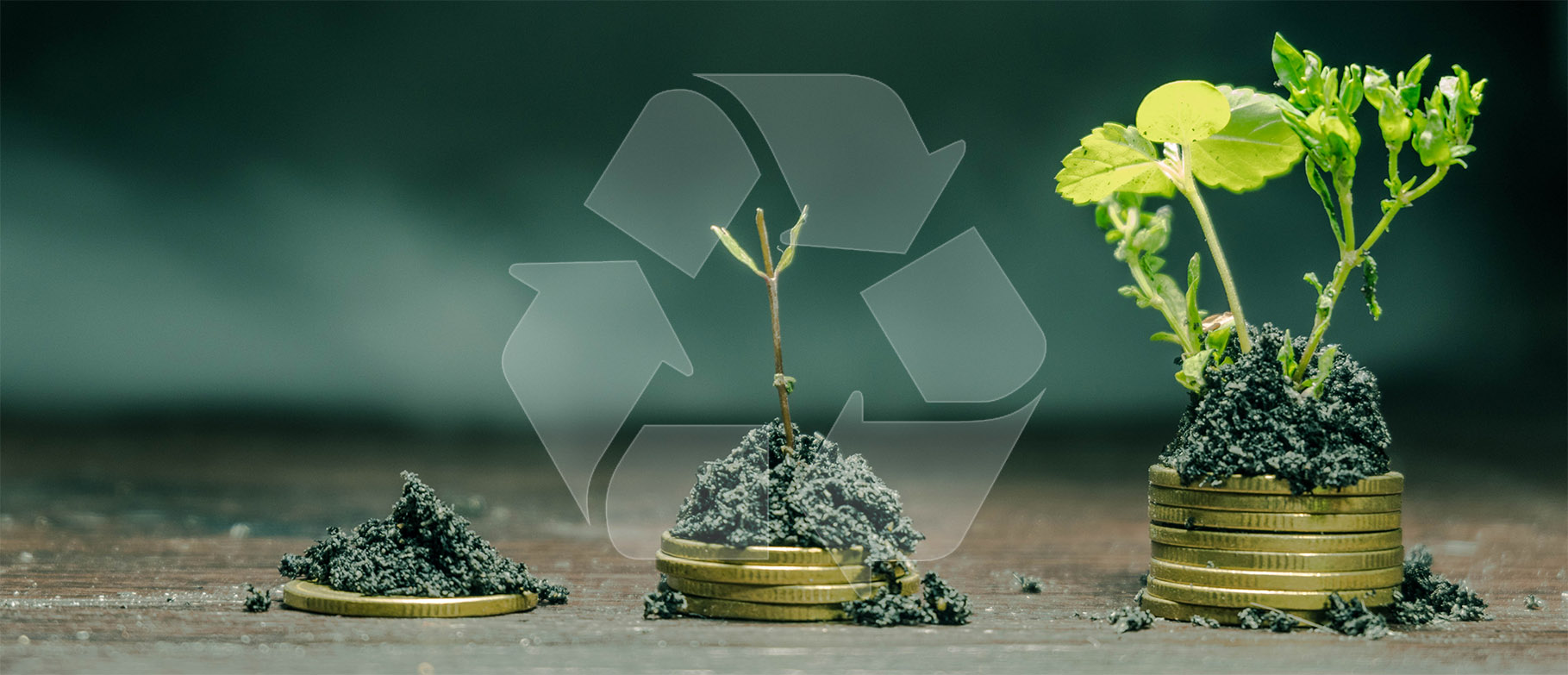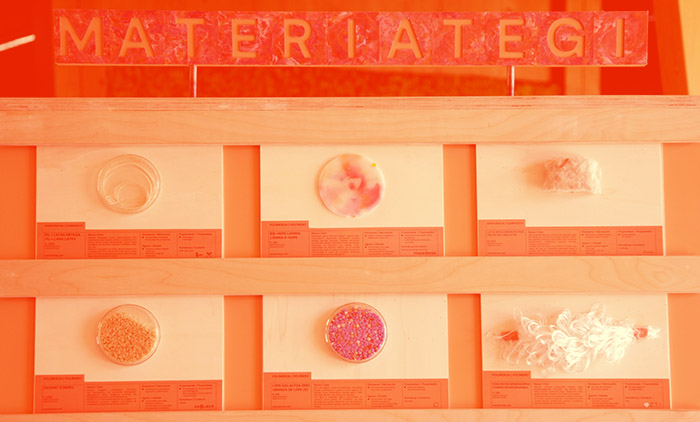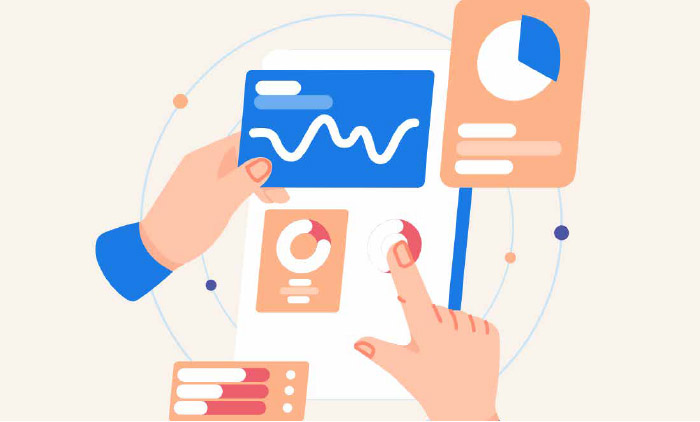
CIRCULAR ECONOMY HUB Disadvantages of the linear economy
- HOME
- Naturklima
- Observatory
- Green transition
- Fondo carbono
- Classroom
- Resources
- The climate challenge
- Climate Change Observatory
- Reports
- European projects
- Circular Economy Hub
- Energy Transition Hub
- Preguntas frecuentes
- Objetivo
- Programa KlimaBai!
- Talleres Oca Climática
- Talleres Generación Z
- Tools
- Glossary
- What is the circular economy
- Agents
- Reports
- Zirkular Bat+
- Materiategi
- Business challenges - Ekintegi
- European projects
- What is the energy transition
- Agents
- Finance and aid
- Training
The traditional economic model, which is predominant in most of the world's nations, has played a fundamental role in economic development since the Industrial Revolution. However, it now stands at a critical juncture due in part to the evolution of the economy itself and to the new demands and needs of society, which form the bases of consumption.
International organisations specialising in the circular economy highlight a number factors that are leading to the replacement of the linear model by a circular one:
- Economic losses among companies.
- Volatility of resource prices.
- Interruptions in raw material supplies.
- Depletion or exhaustion of natural systems and reserves.
- Increased regulation.
- Increase in economic costs due to waste management and treatment.




